We’ve had the pleasure of teaming up with our fantastic local Austin pro installer, Steve, on various design projects! This guy is amazing – great communication skills, and his talent in applying high-end wallpaper is on another level! When you’ve invested in some high-end wallpaper, the last thing you want is to mess up the installation. But fear not, Steve’s got your back!
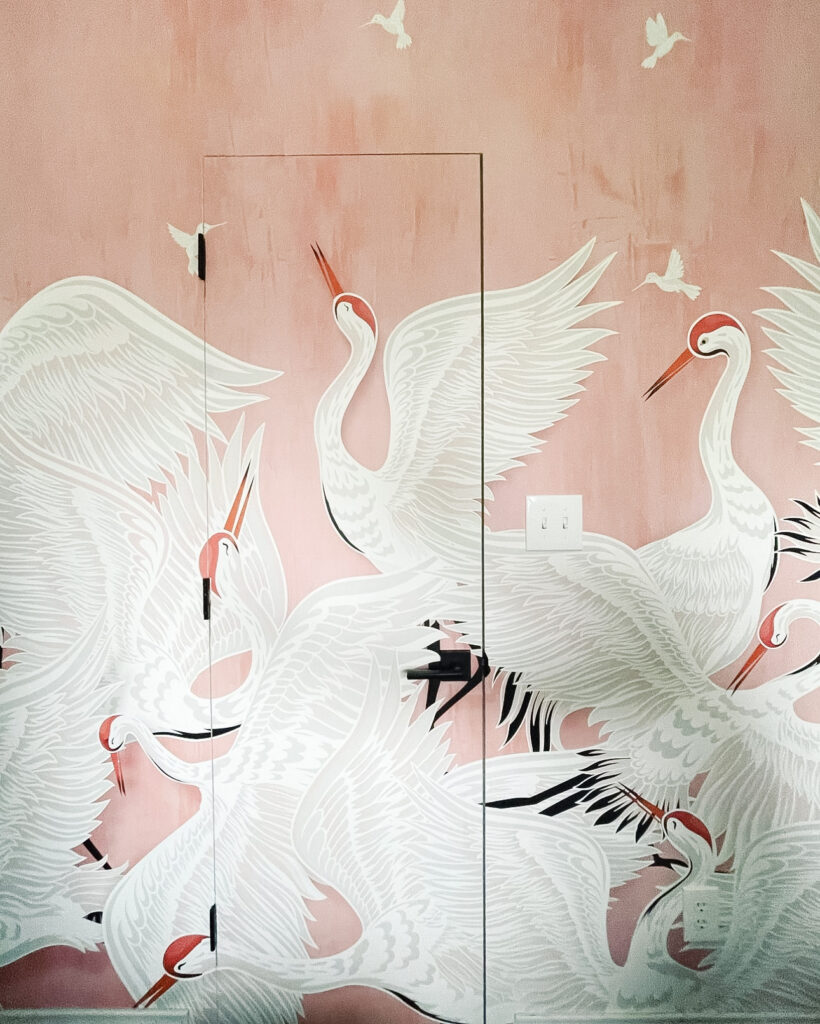
Image via Cottage + Key Design Studio
Steve’s a pro who knows the ins and outs and kindly sat down with us to answer all those wallpaper-related questions you might have. Total lifesaver!
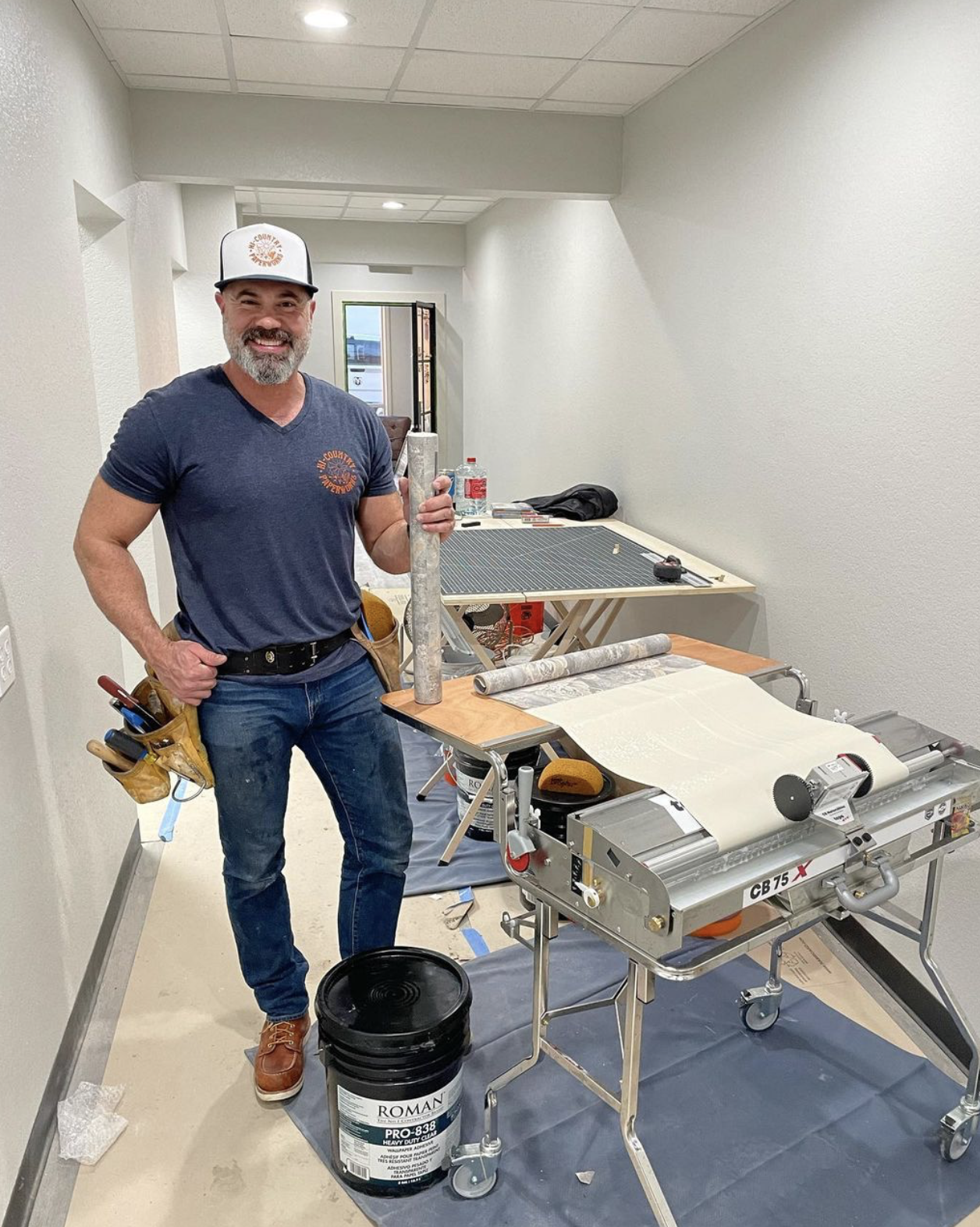
Image via Hicountry Paperworks
Why does the repeat/pattern of a wallpaper matter?
Great question! The pattern repeat of wallpaper matters for a few reasons, but the two biggest are scale and waste.
Firstly the repeat of a pattern helps visualize scale. For some geometric patterns, the pattern repeat is very small, with a repeat of just a few inches or less, and other botanical or animal prints, etc., can have a very large repeat with 36 inches or even more. Depending on the space and style, some rooms will appear visually more appealing with a larger repeat and, therefore, scaled appropriately.
And secondly, the pattern repeat helps determine how much wallpaper will need to be ordered. If you select wallpaper with, say, a 9-inch vertical repeat, that means for every strip of wallpaper we install, we can lose up to 9 inches per drop or full strip of wallpaper. If a wallpaper is selected that has a 30-inch repeat, depending on your wall height, we could potentially lose up to 2 ½ feet. Sometimes, the space deserves a certain look, but that could also mean a lot of wasted material.
There are so many types of wallpaper out there… peel and stick, pre-pasted, traditional, grass cloth? Which do you recommend? How do I know which to get?
We get that question a lot! I often ask if the client is working with a designer. A good designer/client relationship can quickly help flush out a lot of potentials. Peel and stick can be a solution for temporary spaces (12 months or less) but peel and stick is not wallpaper; therefore, our company has decided not to install those products. Pre-pasted is generally less expensive material to purchase, so that is a wonderful option for those on a budget. Traditional or unpasted wallpaper tends to have that stunning yet timeless look only traditional can provide. Grasscloth or naturals (jute, hemp, etc.) are some people’s favorite but it is a very distinct look. Instead of trying to hide the wallpaper seams like in the others you mentioned, grasscloth is paneled and there typically is no pattern. The natural weaves are unique in every sheet.
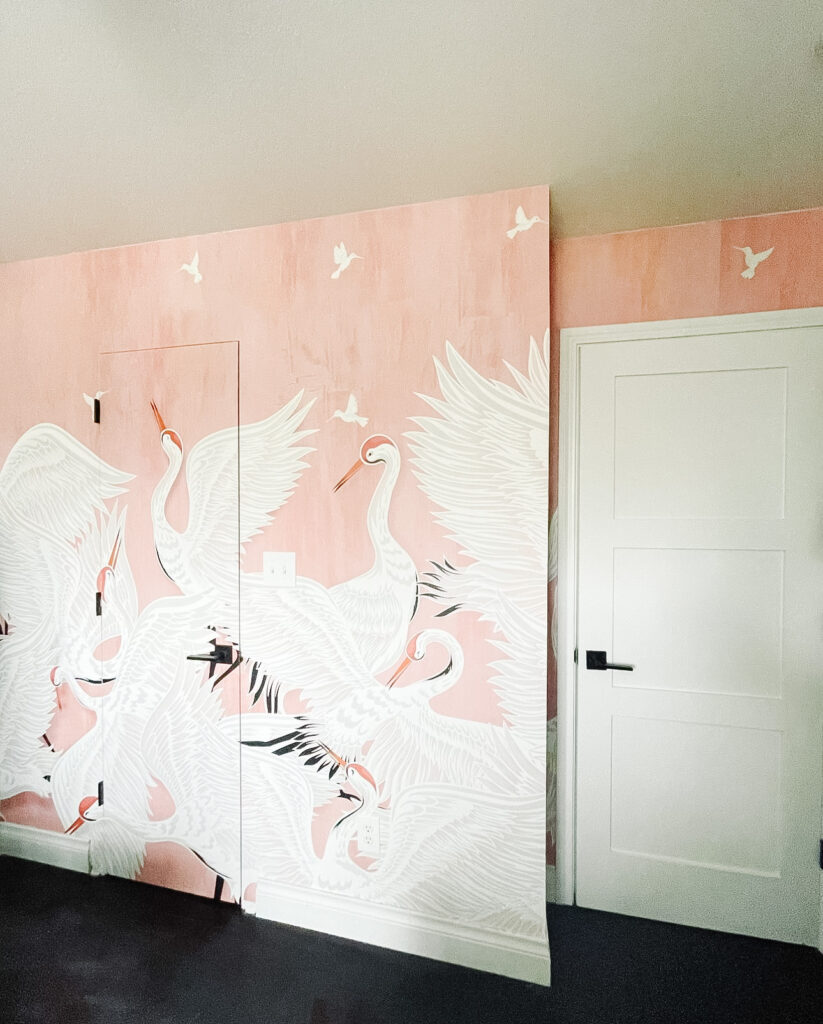
Image via Cottage + Key Design Studio
I have textured walls. Can I use wallpaper on them?
It’s a free country they say, haha! Can you technically? Yes, but there are two main reasons installers and manufacturers recommend and, in most cases, require smooth walls. One, you want smooth walls at/above a level 4+ drywall finish (if you don’t know, google “drywall finish levels”) so you don’t see the texture underneath the wallpaper. And two, flat walls provide more surface for the adhesive to do its job. The last thing you want is to spend really good money for the wallpaper to peel or fall off the wall! Our company provides a lifetime warranty on our installs, as long as the walls are flat and prepared correctly.
What’s the difference between trimmed and untrimmed wallpaper? Do I need to worry about this?
Trimmed wallpaper is definitely more common than untrimmed but the difference is mainly in the way the material is printed. You don’t really need to worry about it, but typically, your higher production manufacturers use specific printers and material that is printed on a determined width or printed then trimmed on their print marks. Many higher-end wallpaper comes untrimmed so that the selvedge protects the ends of the wallpaper rolls in shipping and also gives the installer trim marks that help determine where to trim and in some cases give them more control when matching seams.
Can wallpaper be installed on top of another wallpaper? Can wallpaper be installed on top of freshly painted walls?
Yes and no. If the wallpaper is still tight on the wall, then many times, yes. Paper can be a great medium and foundation for more wallpaper and adhesive. As long as it is the right material and color, you can go over with new wallpaper. Sometimes, a good clear primer/sealer will need to be applied beforehand. Or a white stain-blocking primer so that there isn’t bleed through. Wallpaper needs to be applied over dry walls. Some primers dry very quickly, some in as little as 30 minutes.
Can wallpaper be cleaned?
In most cases, yes. The manufacturer generally includes instructions on how best to clean with the packaged wallpaper. Always ask the paper maker or a trusted installer before applying chemicals, as you won’t want to void their warranty.

Image via Cottage + Key Design Studio
Thank you again, Steve, for sharing your knowledge and being an integral part of our Q&A session. If you are local to Austin and need a quote on installing wallpaper, visit Steve’s website hicountrypaperworks.com for more info!

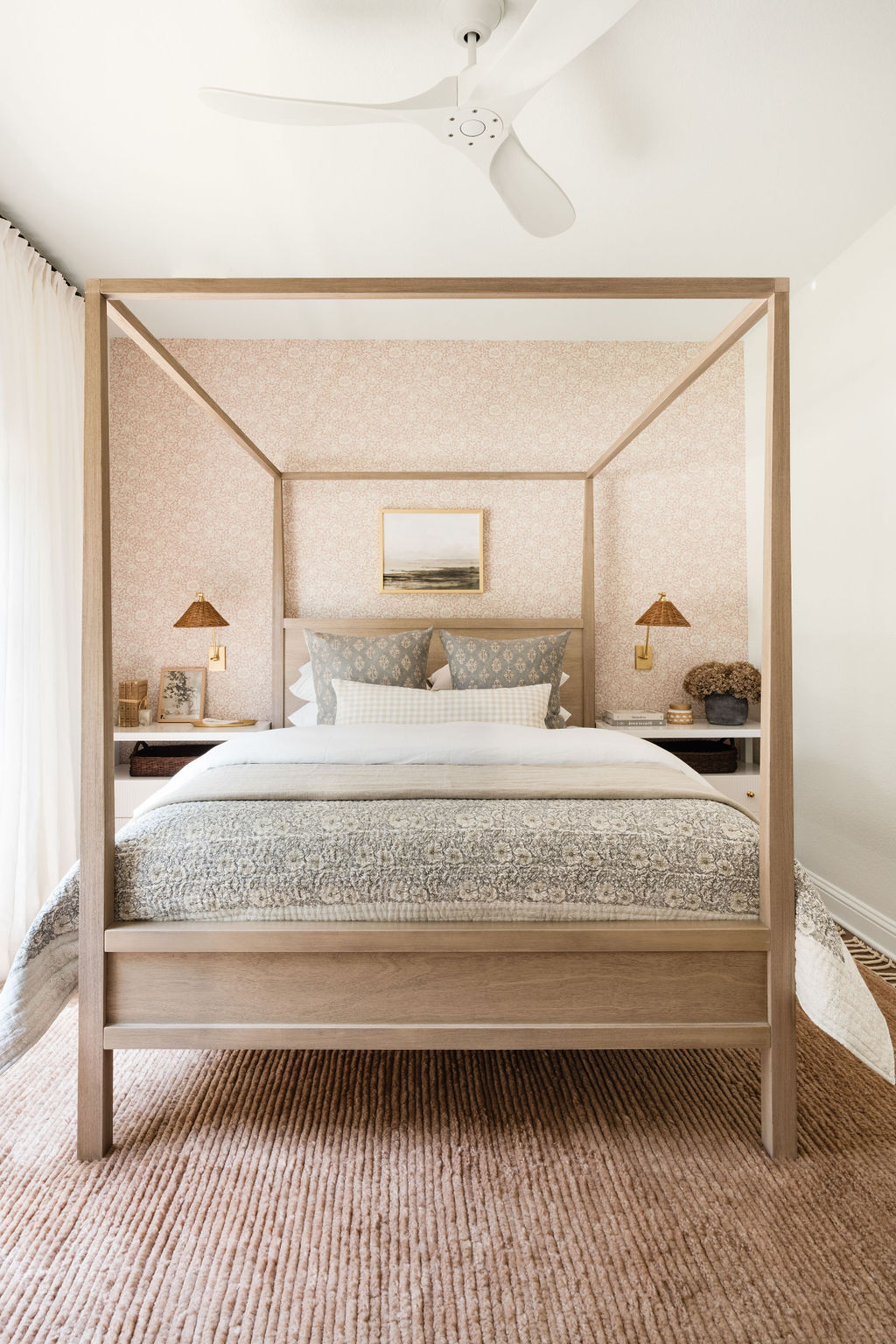
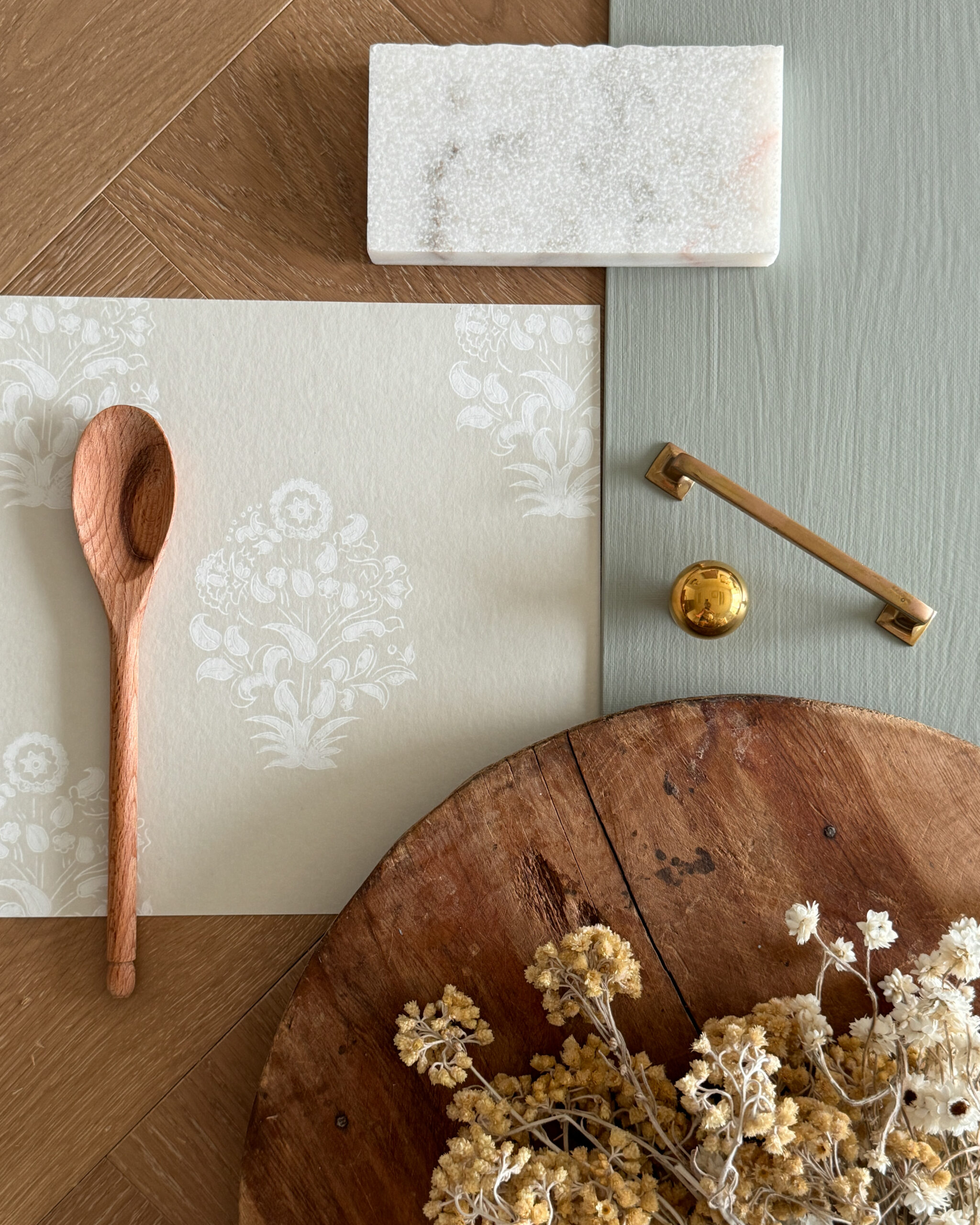
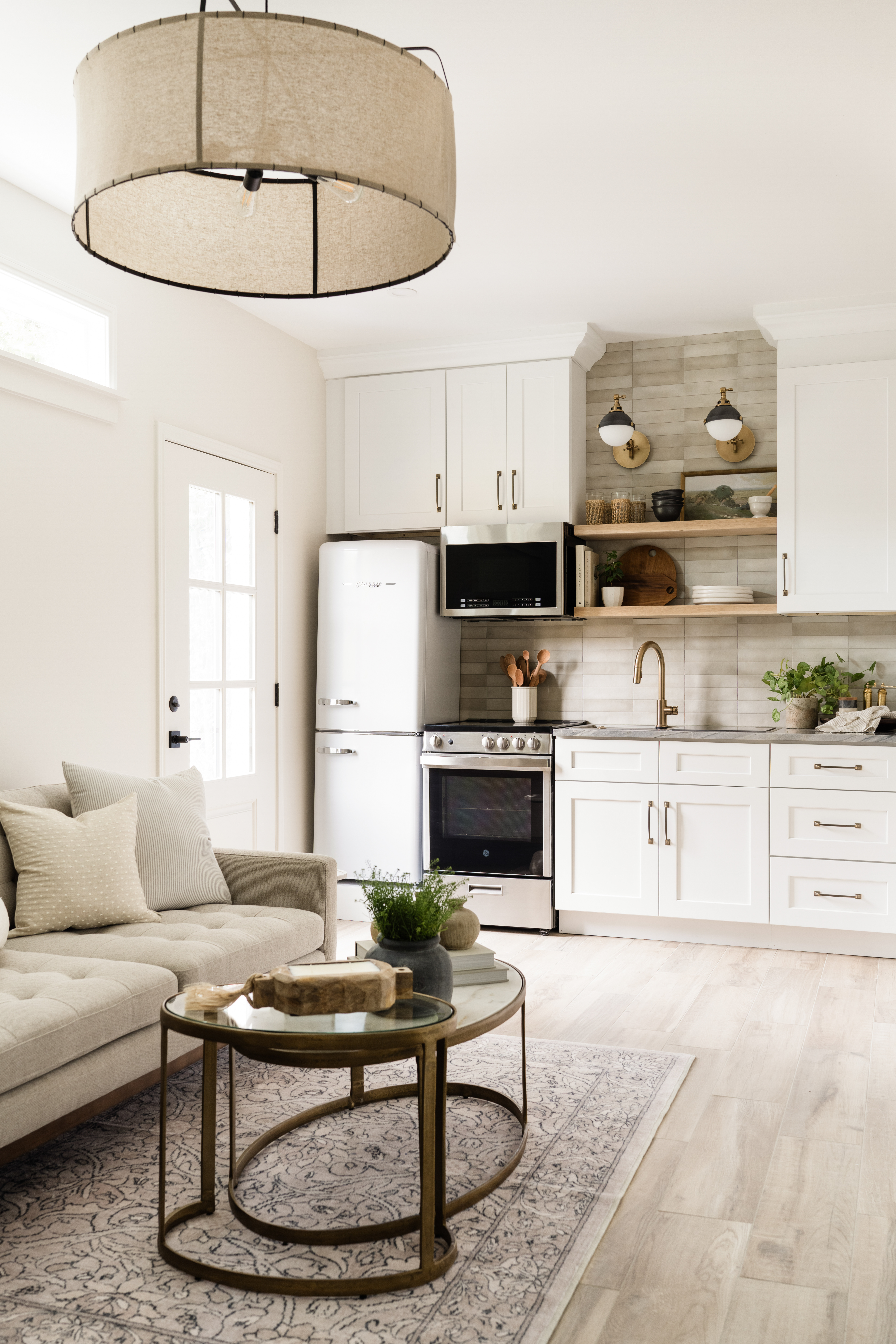
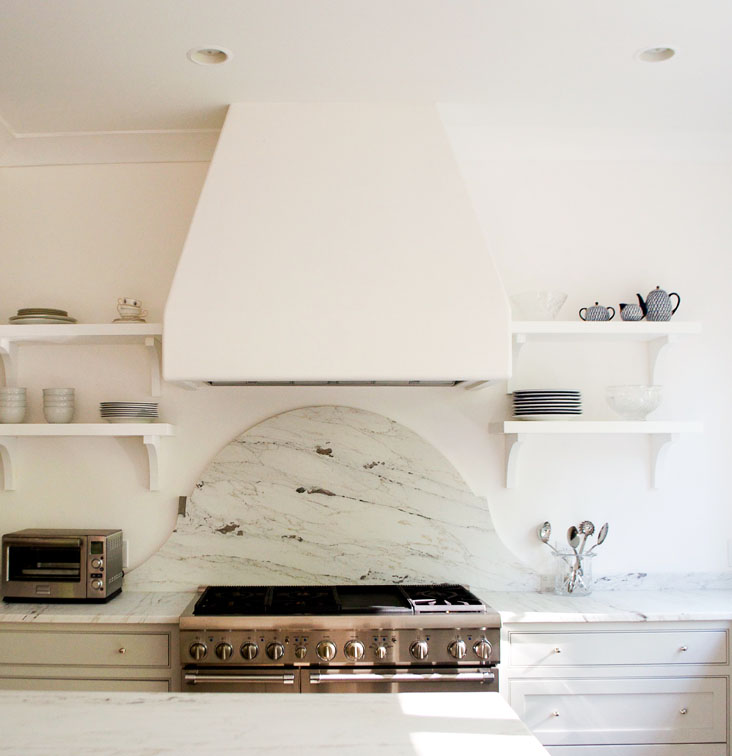
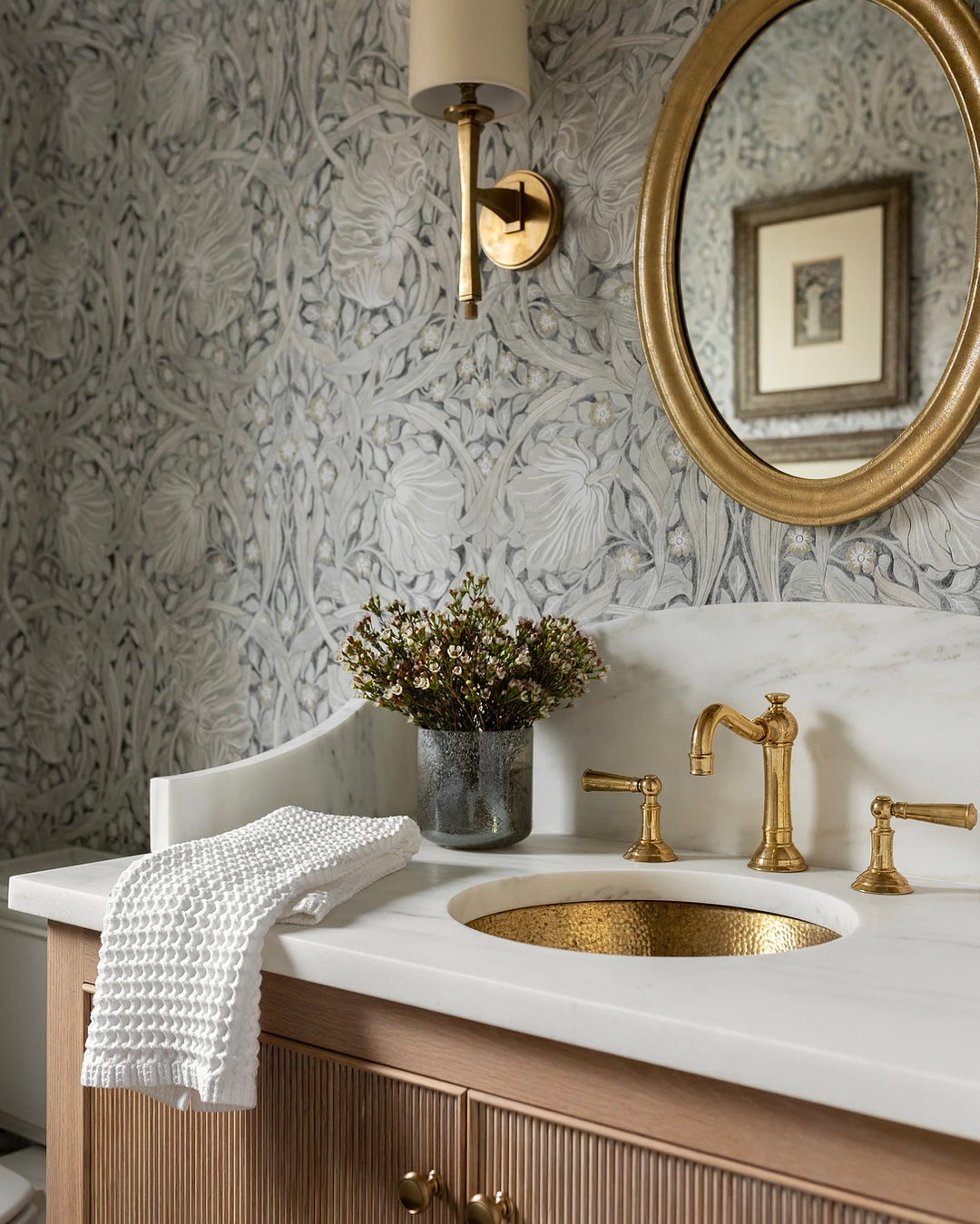
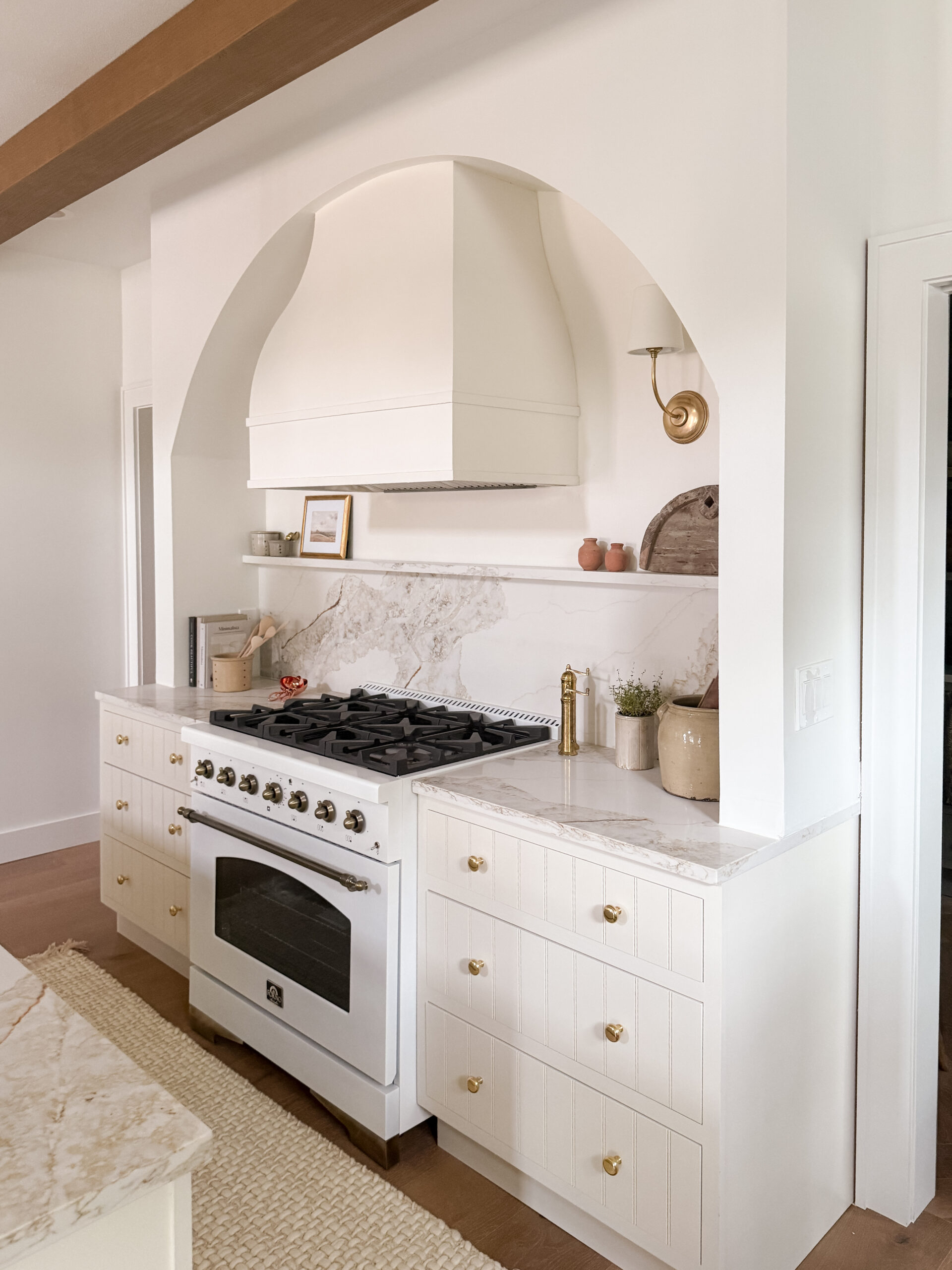

Read the Comments +